I’m not sure I’ve ever seen Halimedia in such profusion as I did on my trip to the Maldives. The stuff is everywhere, and I don’t think I’d ever realized just how much this algae can contribute to the building of coral sand islands.
Halimedia is a wonderful looking algae, described by some as looking like ‘small green coins, joined one after the other’. I think that’s a fitting description. For me, especially when photographing reefs in tropical waters, it adds bright vivid green to an image. A color and hue often missing among reefs dominated by pastel-colored stony corals.
A quick look at Algaebase.com indicates that there are 46 species within the genus Halimeda. I apologize, but I have no idea which species I have photographed here.
The algae contain calcium carbonate, which is presumably used to build a skeleton upon which to grow, allowing the algae to compete with other reefs species, and also ensures that it is inedible to most marine life.
Halimedia beds can be quite extensive and they can dominate some reefs. Beaches and sand bars close by can contain a large amount of calcium carbonate, and material that was once Halimedia often looks like white confetti scattered across the beach.
>I can only assume that Halimedia plays a significant role in absorbing carbon dioxide from the ocean, but my limited searching online hasn’t turned up any information on how important it might be. Perhaps someone else might be able to shed light on the subject?

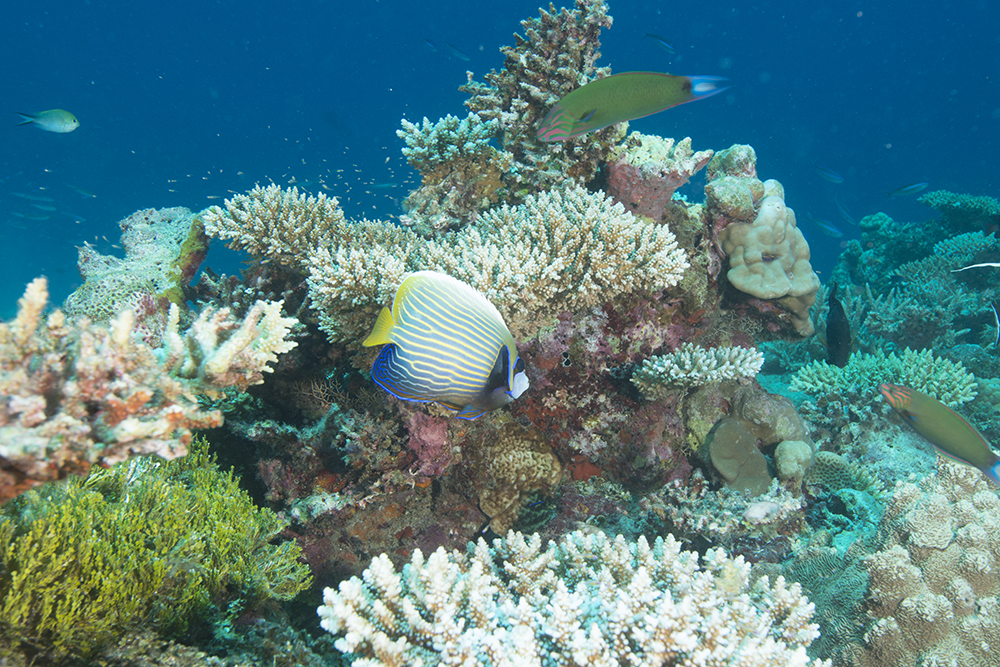
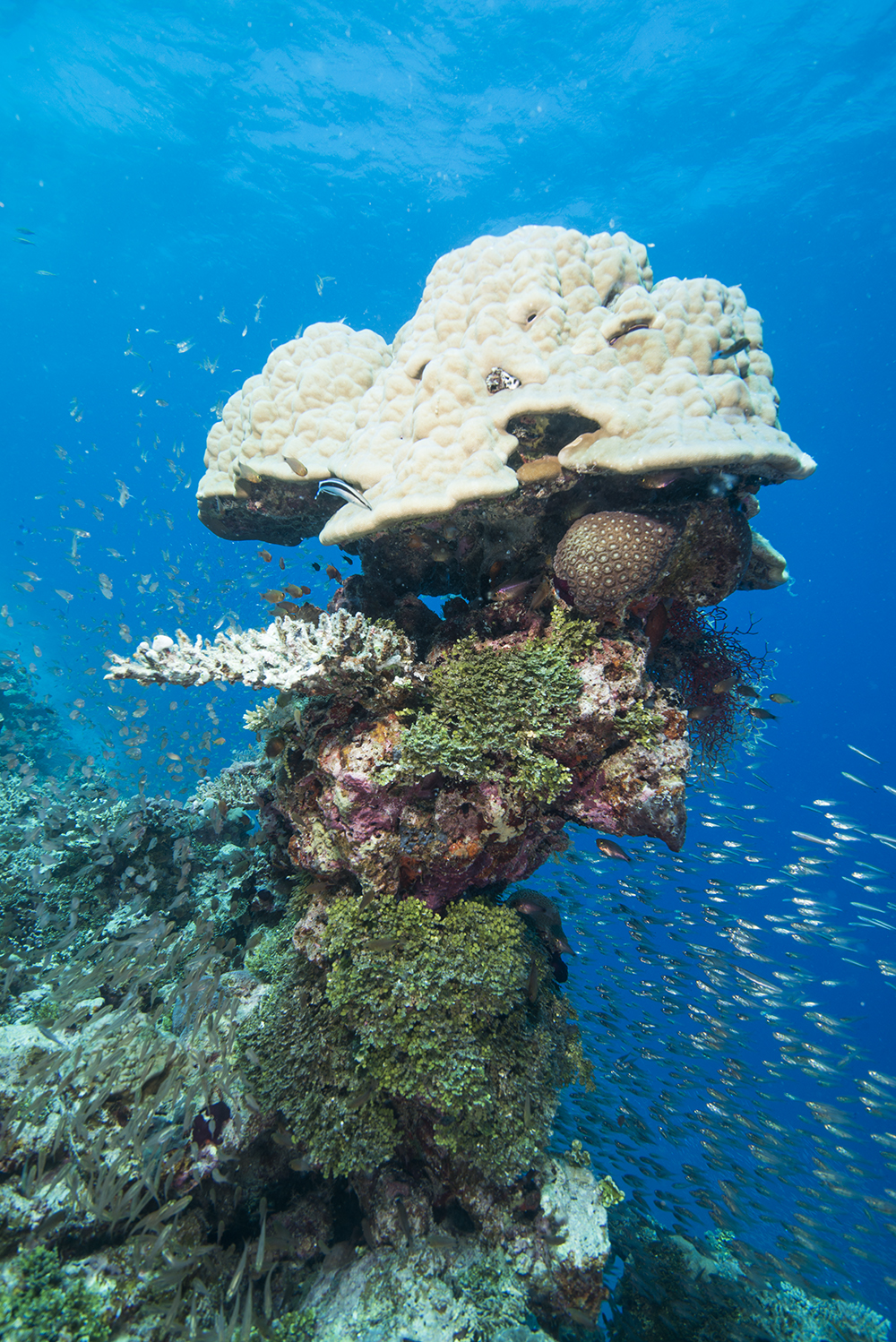
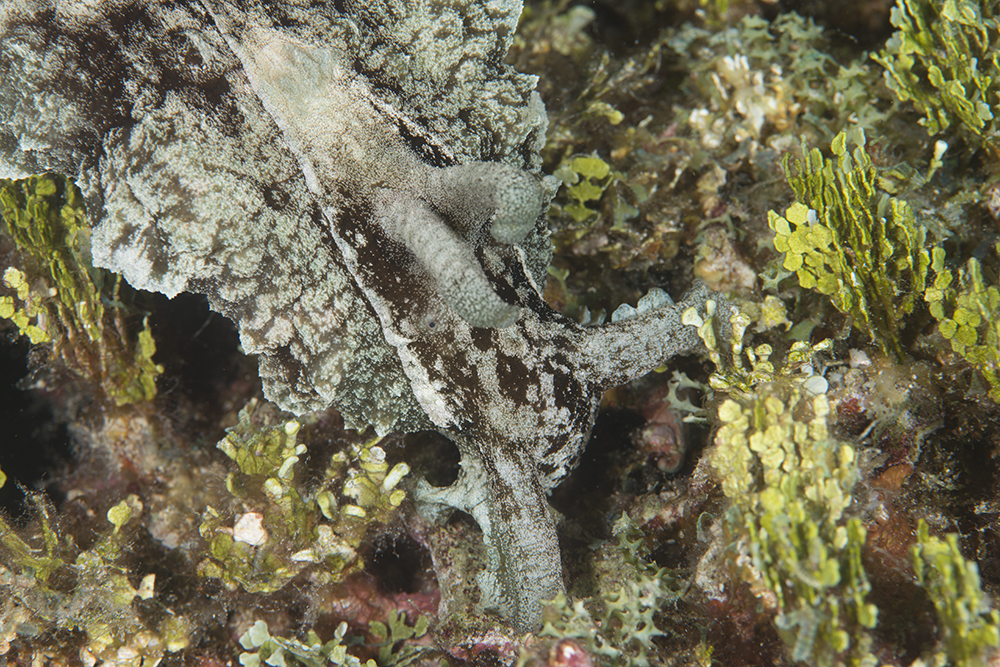
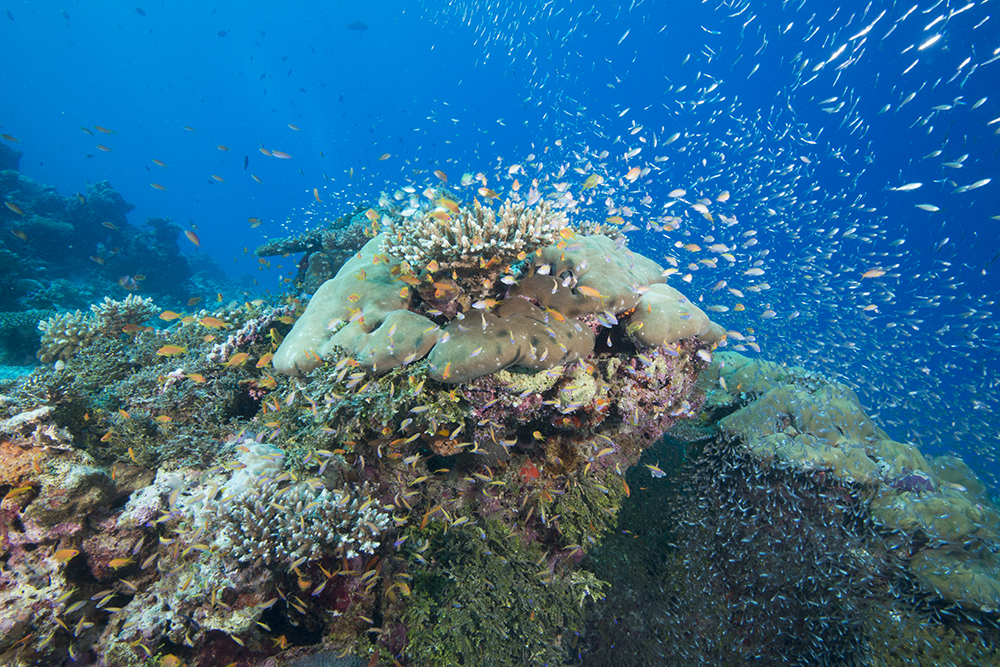
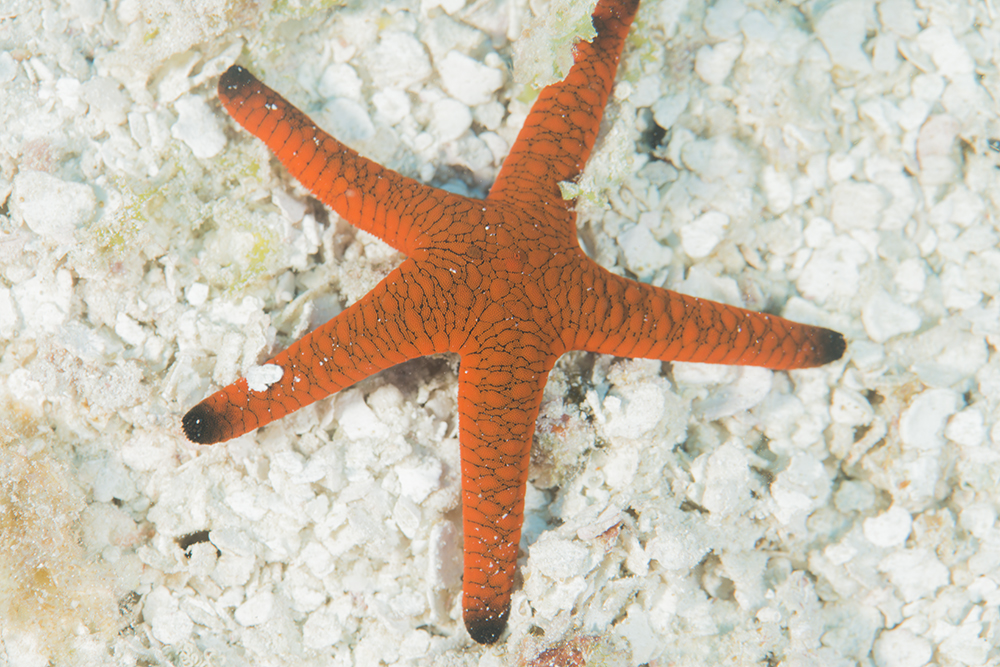







0 Comments